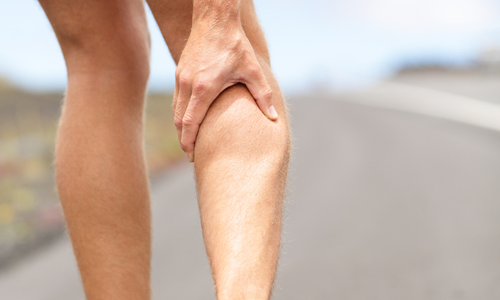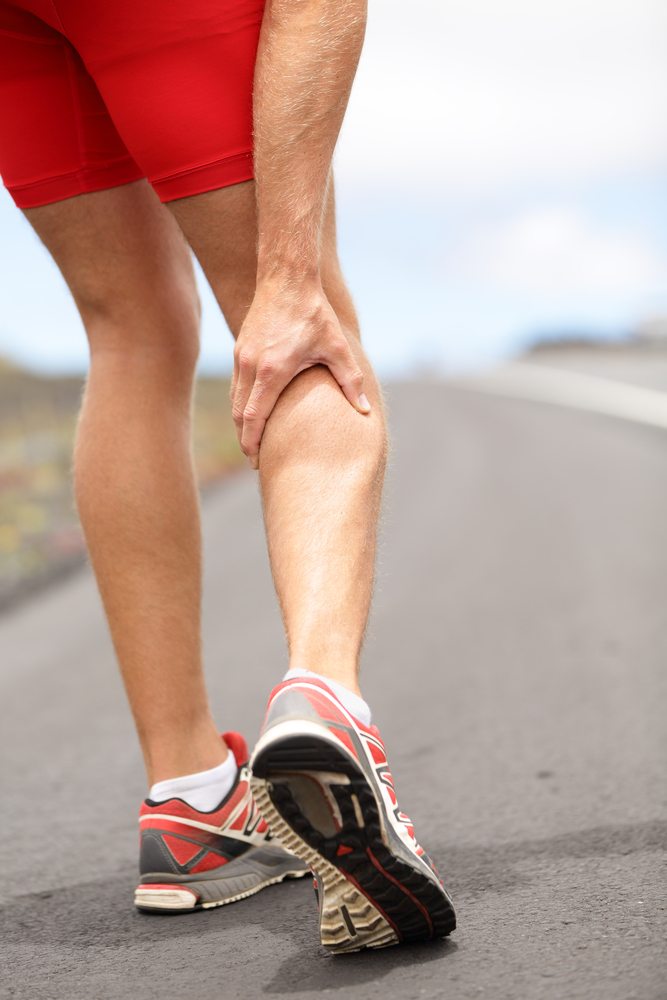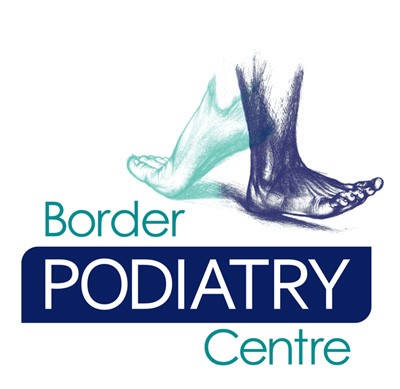
Don’t run your knees into the ground:
How to effectively deal with knee pain from running
Running – what a sport. It’s a great way to get out in nature, you can do it anywhere, and it’s free. All you need is a good pair of running shoes and a reasonable sense of direction, and away you go.
The only drawback? Knee injury. Running is a high impact sport and your knees are the joints that pay the price. In fact, a study by the Australian Sport Commission revealed that damage to the knees accounts for 42% of all running injuries.

A quick look at the biomechanics of running confirms this. When you run, forces estimated to measure two to four times your body weighttransfer through your body, passing through your feet, calves, knees, hips and spine.
A fully functional knee joint, so long as it is structurally sound, is capable of absorbing this force repeatedly. Other factors like overuse, poor biomechanics, inappropriate footwear and rough terrain however, all play their part in damaging the knee joint, placing the muscles, bones and tendons under extreme stress.
In these conditions, injuries like runner’s knee (patellofemoral pain syndrome) and iliotibial (IT) band syndrome can develop, both bringing excruciating knee pain to the action of running.
Many runners are tempted to get a knee brace, tape up the injury and tough it out, spurred on by slogans like ‘no pain no gain’ and ‘break through the pain barrier’. This unfortunately is the worst thing you can do for your body, paving the way for chronic knee pain and drawn-out recovery times.
The best thing you can do to help your knees recover from stress is give yourself adequate time to adapt, strengthen and rehabilitate. The best place to get the right advice on how to deal with the pain and rebuild damaged tissue is Rouse Hill Physiotherapy & Sports Injury Centre, where our team of experts can assess your problem and plan the best route to recovery.
This plan will include identifying stretches and exercises to strengthen the muscles surrounding your knees, increasing flexibility so they can stabilise and distribute the force more evenly throughout your body.
A full analysis of your gait will reveal any problems with your running style which may be making your knees more susceptible to injury. This will include an examination of the way your legs roll when hitting the ground, and because your feet play an important role in dynamic weight bearing, you may be fitted for orthotics to support your arches.
You will be guided on the best type of running shoe to buy for your foot type, so that when you get back to running, your knees will be adequately cushioned.
Most importantly, you will be given the support, advice and care to get you back to running as soon as your knees are healthy again, and ongoing support to prevent re-injury.
